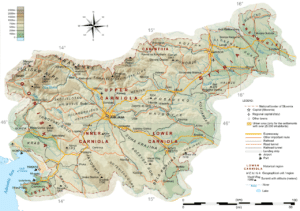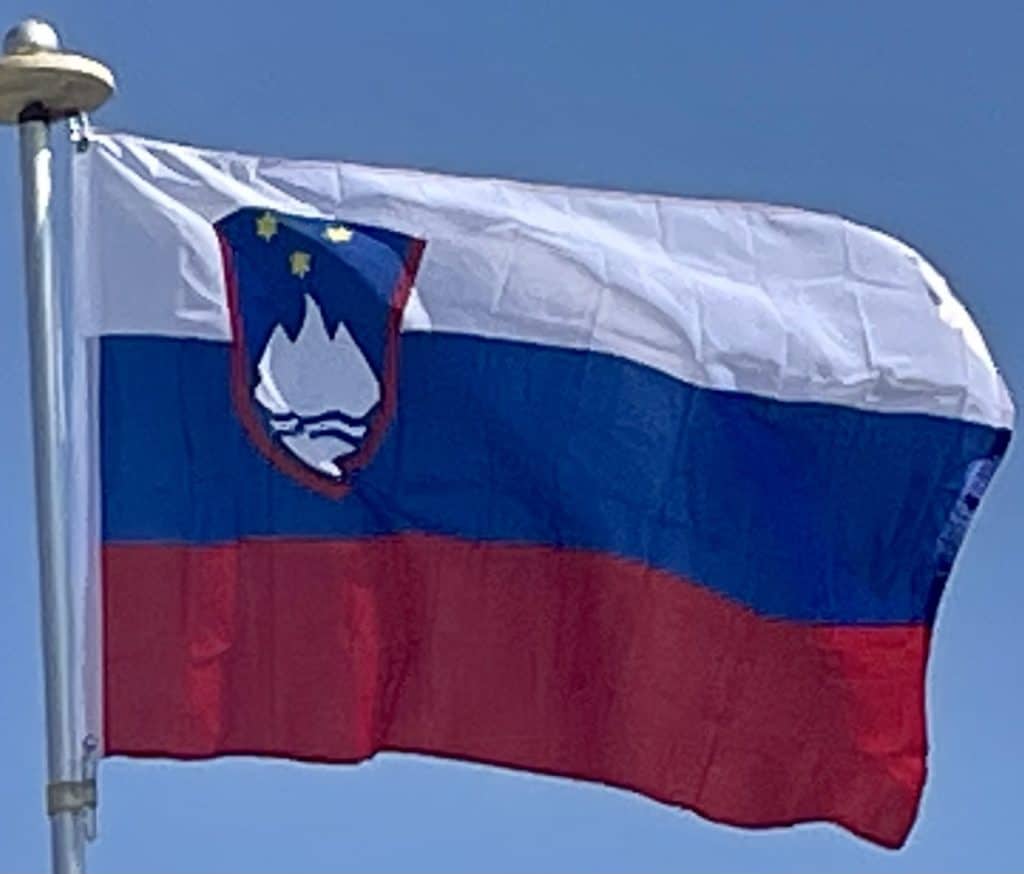
In 1947, the Slovene Littoral and the western half of Inner Carniola, which had been annexed by Italy after World War One, were annexed to Slovenia.
Slovenian Spring, Democracy and Independence:
In 1987 a group of intellectuals demanded Slovene independence in the 57th edition of the magazine Nova revija. Demands for democratization and more Slovenian independence were sparked off. A mass democratic movement, coordinated by the Committee for the Defence of Human Rights, pushed the Communists in the direction of democratic reforms.
In September 1989, numerous constitutional amendments were passed to introduce parliamentary democracy to Slovenia. On 7 March 1990, the Slovenian Assembly changed the official name of the state to the “Republic of Slovenia”. In April 1990, the first democratic election in Slovenia took place, and the united opposition movement DEMOS led by Jože Pučnik emerged victorious.
The initial revolutionary events in Slovenia pre-dated the Revolutions of 1989 in Eastern Europe by almost a year, but went largely unnoticed by international observers. On 23 December 1990, more than 88% of the electorate voted for a sovereign and independent Slovenia. On 25 June 1991, Slovenia became independent through the passage of appropriate legal documents. On 27 June in the early morning, the Yugoslav People’s Army dispatched its forces to prevent further measures for the establishment of a new country, which led to the Ten-Day War. On 7 July, the Brijuni Agreement was signed, implementing a truce and a three-month halt of the enforcement of Slovenia’s independence. At the end of the month, the last soldiers of the Yugoslav Army left Slovenia.

The members of the European Union recognized Slovenia as an independent state on 15 January 1992, and the United Nations accepted it as a member on 22 May 1992.
Slovenia joined the European Union on 1 May 2004. In 2004 Slovenia also joined NATO. Slovenia subsequently succeeded in meeting the Maastricht criteria and joined the Eurozone (the first transition country to do so) on 1 January 2007. On 21 July 2010, it became a member of the OECD.
Geography:
Slovenia is situated in Central and Southeast Europe touching the Alps and bordering the Mediterranean Sea. Slovenia’s highest peak is Triglav (2,864 m or 9,396 ft); the country’s average height above sea level is 557 m (1,827 ft).
Four major European geographic regions meet in Slovenia: the Alps, the Dinarides, the Pannonian Plain, and the Mediterranean Sea. Although on the shore of the Adriatic Sea near the Mediterranean Sea, most of Slovenia is in the Black Sea drainage basin. The Alps—including the Julian Alps, the Kamnik-Savinja Alps and the Karawank chain, as well as the Pohorje massif—dominate Northern Slovenia along its long border with Austria. Slovenia’s Adriatic coastline stretches approximately 47 kilometers (29 mi) from Italy to Croatia.

